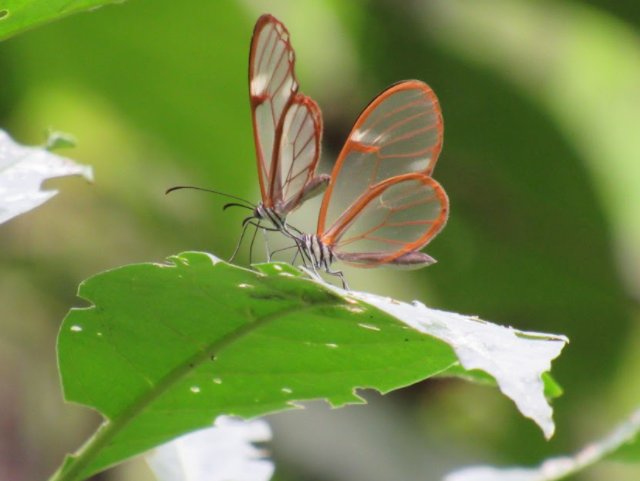
A humble butterfly, one of the most beautiful invertebrates that reside throughout all of Costa Rica. Some are more famous than others, like the blue morpho (Morpho menelaus), however each has their own beauty and role to play within an ecosystem. It may be surprising to some that butterflies do in fact play a large role within a much larger ecosystem, as all things are connected in some way or another. One of the biggest influences butterflies have are their pollination abilities, as butterflies aid in the cross pollination that’s necessary for fruiting and flowering plants – none of which would be possible without pollinators like the butterfly. They’re also ecosystem indicators, which is a common ecological term that simply means a specific animal or insect “indicates” the health of an environment. If butterflies were to suddenly disappear, that would indicate that there’s an imbalance within the ecosystem, perhaps a lack of flowering plants due to deforestation, for example.
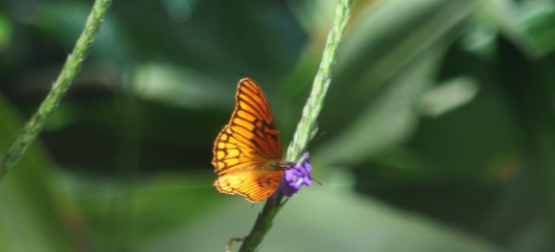
Studying butterflies and their behavior can be a difficult task, as they’re small and very mobile in the air. However, information about the type of food they forage for is essential in order to maintain a healthy environment. With that knowledge, it’s then possible for humans to cater to what’s best for the butterflies, which is a win-win for everyone. Comparatively, butterflies have not been studied here at Cloudbridge as much as some other specimens have. Luckily, we had a researcher who was willing to take on the task.
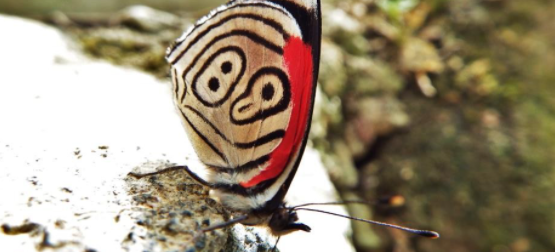
Researcher Colin Doepker from Canada spent 4 months studying the butterflies we have at Cloudbridge, utilizing different methods in order to do so, which allowed him to gather a plethora of information. The main question Colin wanted to explore was if there was a significant difference of butterfly diversity and habitat within various intensities of human land-use. That’s to say, observing the butterflies within different forest types which range from quite young (less than 20 years old) to fairly old (over 100 years old).
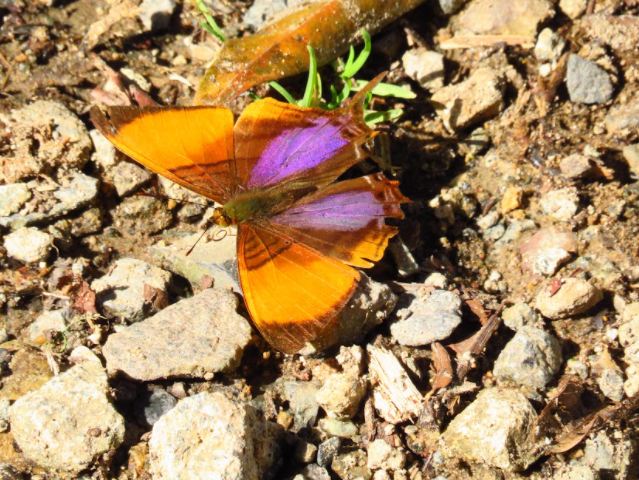
As butterflies aren’t all attracted to the same food (i.e. “bait”), Colin had two methods in which he was capturing the butterflies. Method one was by using fermented banana fruit, while the other was opportunistic net-capturing. This allowed variation of having both fruit eating and nectar eating butterflies within the sample studies. In general, Colin was able to determine that the younger forest type (called planted, less than 20 years old or less) held the highest abundance of butterflies throughout the sampling period. This means that almost half of his data was found in the younger forest. To find out why this might be, you can read the entirety of Colin’s report here.
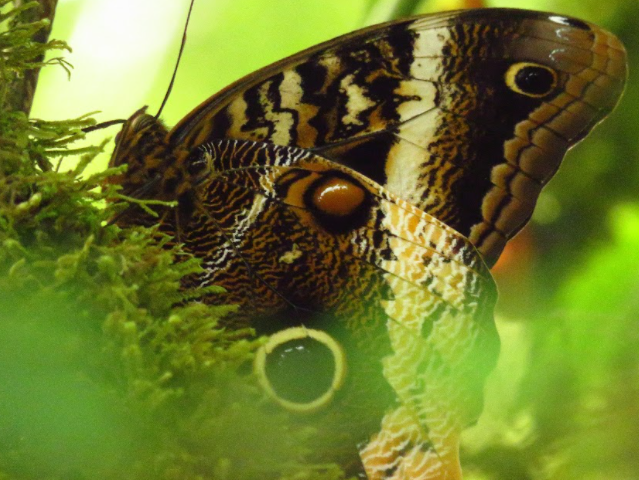
Suggested reading:
- Without any previous knowledge, maybe you have some basic questions about butterflies that aren’t answered here. Like, how to butterflies sleep? Or, what’s the difference between a butterfly and a moth? The American Museum of Natural History has all your questions answered and more in a short but sweet FAQ.
- Like many other pollinators, butterflies are very prone to extinction due to deforestation and overall habitat loss. This has been exaggerated as many gardens have moved toward ornamental flowers for their gardens instead of native wildflowers, which can damage butterfly populations who rely on these native flower species as their source of nectar. If this is something you’ve thought about, but aren’t sure where to begin, there are many garden guides that are good sources for beginners in how to transform your garden into something environmentally sustainable and eco-friendly for the butterflies.
- Butterflies have evolved to have amazing senses, including seeing colors way beyond our ability as humans – they can have up to 12 photoreceptos to our mere
- Even more importantly is their sense of smell, which helps them with a plethora of things in order to achieve a successful life.
